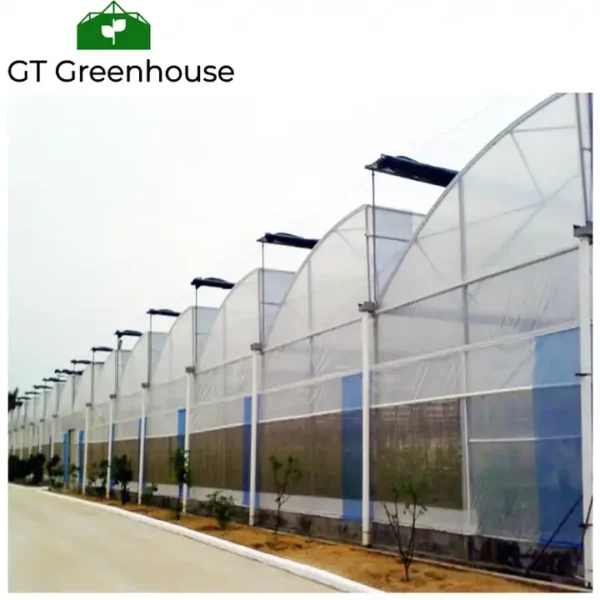In the realm of agriculture and horticulture, the utilization of greenhouses has revolutionized the way crops are cultivated. These structures offer a controlled environment, shielding plants from external elements while creating an optimal growth environment. Among the pivotal components of a greenhouse, the plastic film used as covering plays a vital role in regulating the internal climate. However, not all plastic films are created equal. Understanding the significance of UV resistant greenhouse plastic film is paramount in ensuring the longevity and efficiency of these structures.
The Role of Greenhouse Plastic Film:
Greenhouse plastic films serve as a protective barrier that shields crops from adverse weather conditions, pests, and excessive sunlight. They facilitate the regulation of temperature, humidity, and light levels within the structure, creating an ideal microclimate for plant growth.
The Impact of UV Radiation:
Ultraviolet (UV) radiation from the sun poses a significant threat to plastics, causing degradation, brittleness, and reduced lifespan. In traditional plastic films, exposure to UV rays results in the breakdown of molecular bonds, leading to yellowing, loss of strength, and ultimately, failure of the material. This degradation not only compromises the structural integrity of the greenhouse but also hampers its ability to provide the necessary environmental conditions for plant growth.
Importance of UV Resistance:
UV resistant greenhouse plastic film is specifically engineered to withstand prolonged exposure to sunlight. These films are manufactured using additives that act as UV stabilizers, effectively absorbing or deflecting harmful UV rays. As a result, they prevent premature degradation and extend the lifespan of the plastic film, ensuring durability and long-term functionality of the greenhouse structure.
Benefits of UV Resistant Films:
- Extended Lifespan: UV resistant films offer increased durability, lasting longer without succumbing to degradation caused by UV rays.
- Maintained Transparency: Unlike non-resistant films that turn yellow and hazy over time, UV resistant films maintain their transparency, allowing optimum light transmission for photosynthesis.
- Improved Crop Yields: A structurally sound greenhouse with UV resistant film provides a stable and controlled environment, promoting healthy plant growth and higher yields.
- Cost-Effectiveness: Although UV resistant films might have a slightly higher initial cost, their extended lifespan translates to cost savings over time by reducing the frequency of replacements.
In the world of agriculture, the choice of greenhouse plastic film holds immense significance. Opting for UV resistant films ensures the protection and longevity of the greenhouse structure, contributing to better crop yields and cost-efficiency in the long run. As technology advances, greenhouse plastic film uv resistant further innovations in materials science continue to enhance the durability and performance of these crucial components, enabling farmers and horticulturists to create optimal growing conditions for a variety of crops while maintaining sustainability and productivity.
